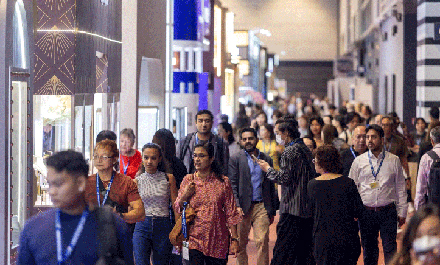Danish jeweller Pandora has established a new regional headquarters in Singapore, bolstering its strategy to accelerate growth across Asia.
The Singapore base will oversee Pandora’s Asia Cluster, covering a mix of owned-and-operated stores as well as distributor markets across the region. The move is supported by the Singapore Economic Development Board (EDB) and reflects Pandora’s long-term commitment to Asia, with momentum building in both established and emerging markets.
“Asia presents a tremendous opportunity for Pandora,” said Massimo Basei, chief commercial officer at Pandora. “With dynamic markets like India, Japan, Indonesia and South Korea poised for expansion, Singapore’s strategic location and vibrant business environment make it the ideal base for our expansion in the region.”
The new office is in the heart of Singapore’s financial and commercial district in the Marina Bay. Pandora said it will build a team of around 50 people across branding and marketing, market development and operations.
The jeweller earlier reported a 6 per cent revenue growth in the third quarter of 2025 amid macroeconomic uncertainties. The organic growth comprised of like-for-like (LFL) growth of 2 per cent and network expansion of 4 per cent.
In late Q3 2025, Pandora introduced two new sub-collections – Pandora Talisman and Pandora Minis, which were well-received in the market. It also launched a new holiday campaign.
Alexander Lacik, president and CEO of Pandora, said the company delivered a sound performance despite ongoing market challenges. He added, “We are intensifying our efforts to drive brand heat, and the initial response to our new product launches demonstrates how we can continue to unlock market potential with our combination of innovation, affordability and emotional storytelling. We are well-geared for the upcoming holiday period and set to reach our targets for the year.”
Pandora maintained its guidance of 7 to 8 per cent organic growth in 2025 while LFL growth was downgraded to 3 to 4 per cent from 4 to 5 per cent previously. Network expansion, meanwhile, is expected to grow by 4 per cent from 3 per cent originally.










